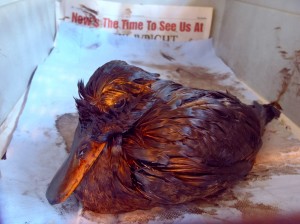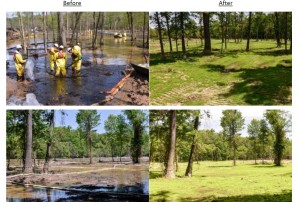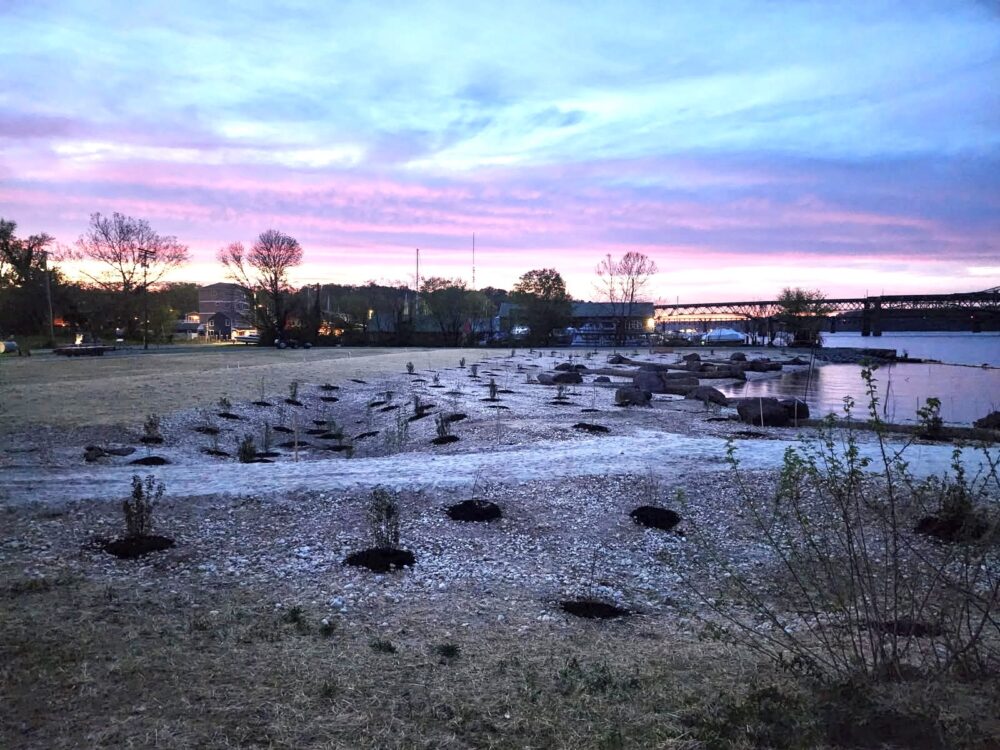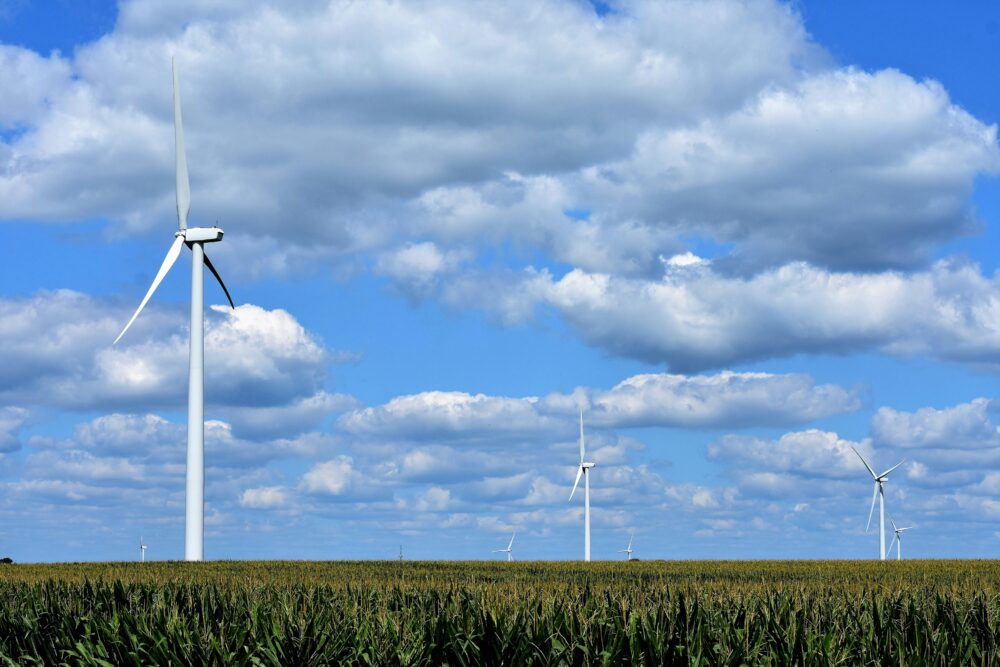We have much more to do and your continued support is needed now more than ever.
Months After Arkansas Tar Sands Disaster, Exxon Still Silent on Spill Cause

In the days following the disastrous pipeline rupture, Exxon rushed to take control of the spill site and wildlife cleanup. But as Debra Hale-Shelton of the Arkansas Democrat-Gazette (sub. req.) reports, that urgency hasn’t carried over to Exxon’s safety investigation:
More than two months after an aging pipeline cracked open, spilling more than 100,000 gallons of heavy crude oil into a Mayflower neighborhood and a cove of Lake Conway, Exxon Mobil still has not provided federal regulators with even a preliminary cause for the break and has not requested approval to resume transporting oil through that pipeline.
Before Exxon Mobil Pipeline Co. can reopen the 850-mile-long Pegasus pipeline, which was built starting in 1947, it must comply with several corrective measures ordered April 2 by the federal Pipeline and Hazardous Materials Safety Administration.
Exxon Mobil has neither updated its April 26 accident report filed with the federal agency nor asked to reopen the pipeline, which spilled an estimated 147,000 gallons of oil March 29, leading to the evacuations of 22 homes, dead and injured wildlife, several lawsuits, and federal and state investigations.

Meanwhile, Exxon Mobil has released this set of photos of the cleanup of a Lake Conway cove that was devastated by the Pegasus tar sands spill, calling them “before” and “after” photos. But the photos don’t actually show “before” when the area was an oil-free wetland wildlife habitat, and the “after” doesn’t show a restored wetland.
“These photos aren’t before and after – they’re mid-disaster and mid-cleanup,” says National Wildlife Federation South Central Representative Geralyn Hoey. “What does Exxon plan to do for wetland restoration? Are they going to try to recreate what was a thriving habitat for waterfowl, beavers, and other wildlife?”
Exxon’s celebratory news release doesn’t say. Exxon has released few details about exactly how it conducted the cleanup. When Geralyn and I visited the Exxon command center and offered the National Wildlife Federation’s assistance, we were told we would not be allowed anywhere near the spill site and were told to stop taking photos of the spill by an Exxon contractor (we moved to another location and kept taking photos). Especially since this was heavy, toxic tar sands oil, it’s impossible to say for sure if the oil is gone without taking samples several feet below the surface.
“These photos are a horrible reminder of what the people and wildlife in Mayflower have gone through and the high price to America of serving as the middleman as oil companies pipe Canadian tar sands to the international market,” says Geralyn. It’s not just Arkansas – spills of toxic tar sands have fouled communities, waterways and wildlife habitat from Michigan to Missouri. A National Wildlife Federation-led coalition has asked two federal agencies to set stronger safety standards for tar sands pipelines.
Now the tar sands industry wants to build a massive new tar sands pipeline in Keystone XL. Spills are only part of Keystone’s threat – all of us would be on the hook for its massive amounts of climate-disrupting carbon pollution.
But just last week, officials with British Columbia’s government told national authorities that the province wants nothing to do with the proposed Northern Gateway pipeline that would bring tar sands west for export. Officials said the tar sands industry has failed to answer questions about the impact of spills on clean water and the communities and wildlife that depend on them.
“If Canada doesn’t want to accept the risk of transporting Canadian tar sands, why in the world is Arkansas suffering for it?” asks Geralyn.
![]() It’s time to say no to tar sands. Tell President Obama to reject the climate-disrupting Keystone XL tar sands pipeline.
It’s time to say no to tar sands. Tell President Obama to reject the climate-disrupting Keystone XL tar sands pipeline.






















